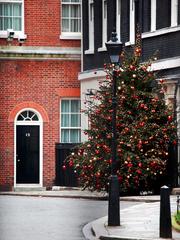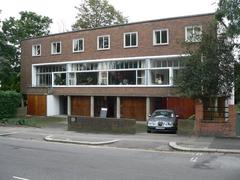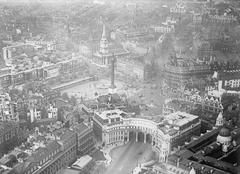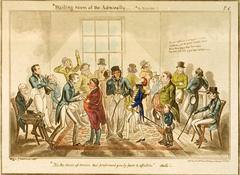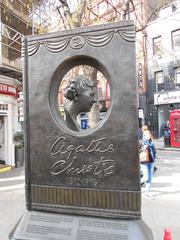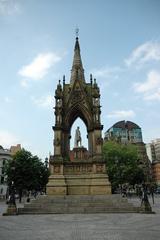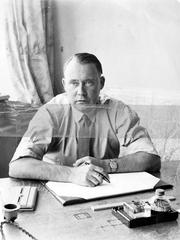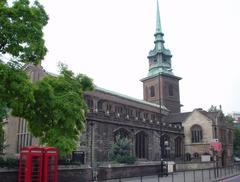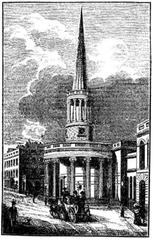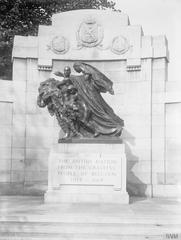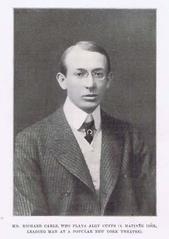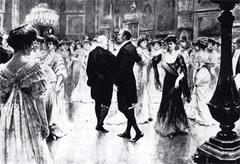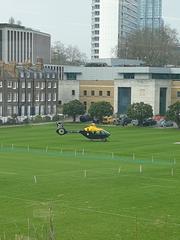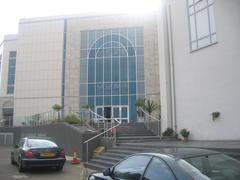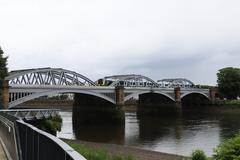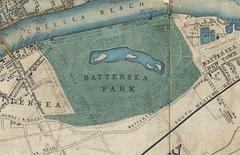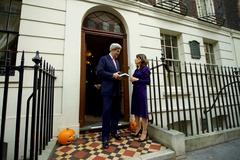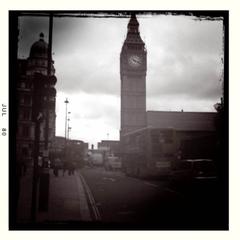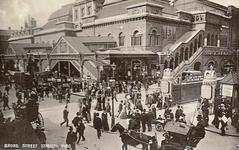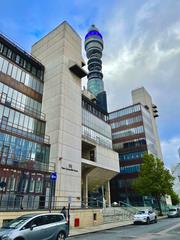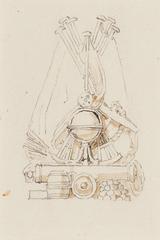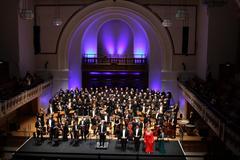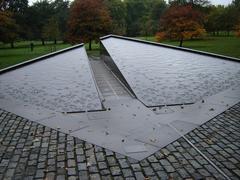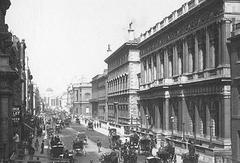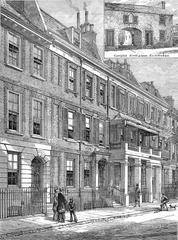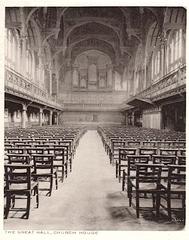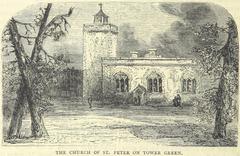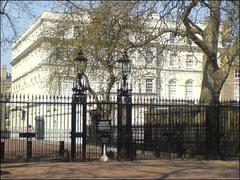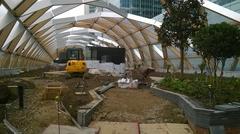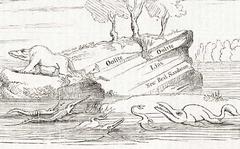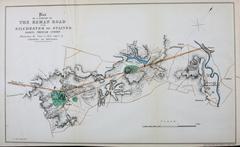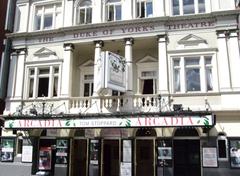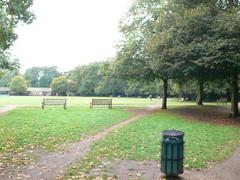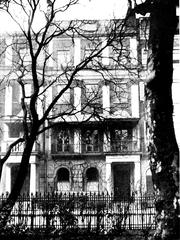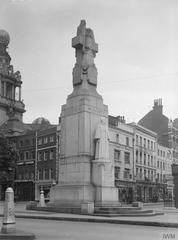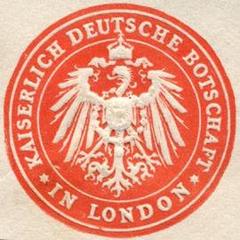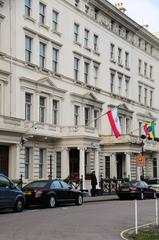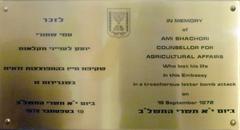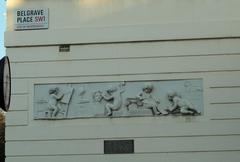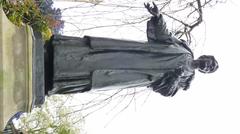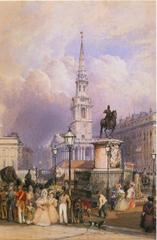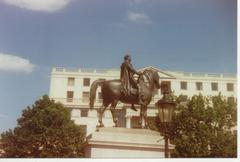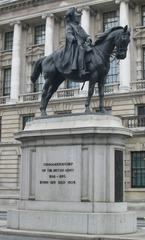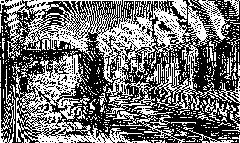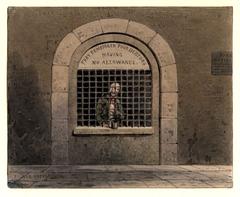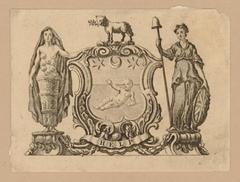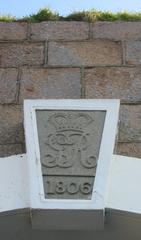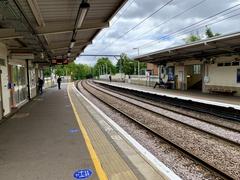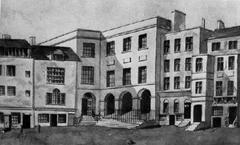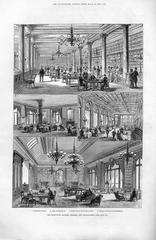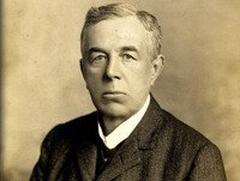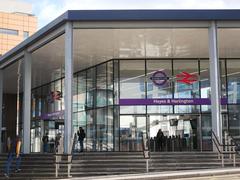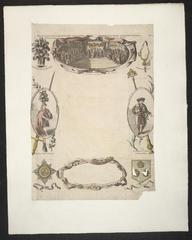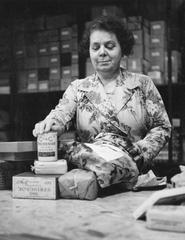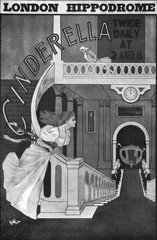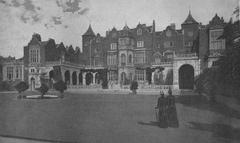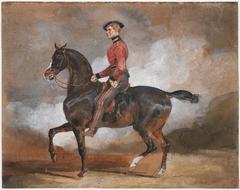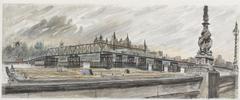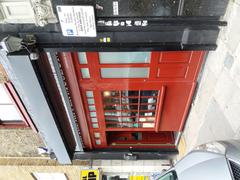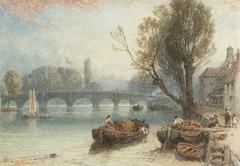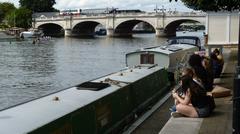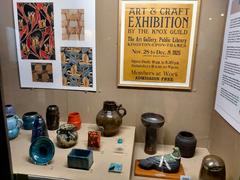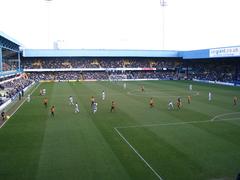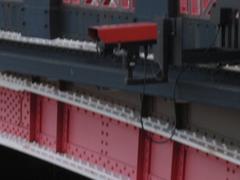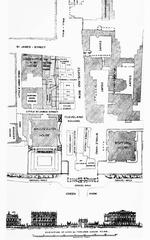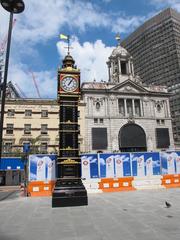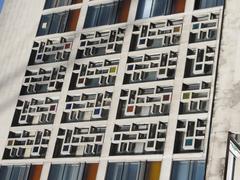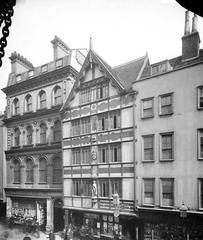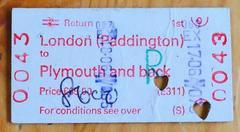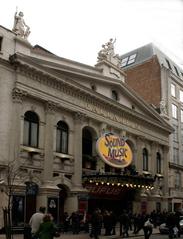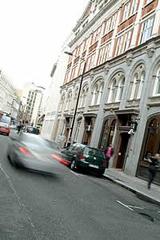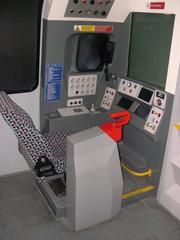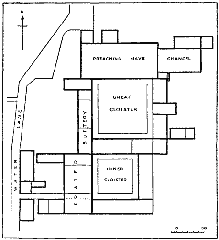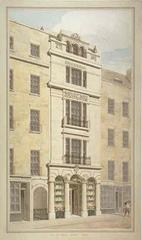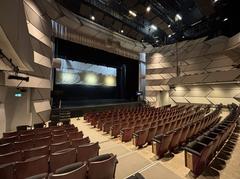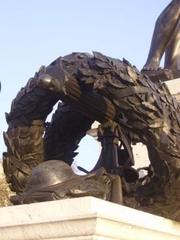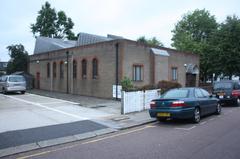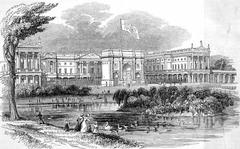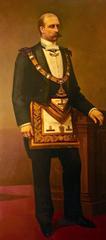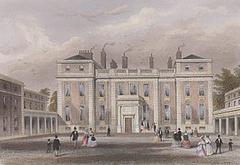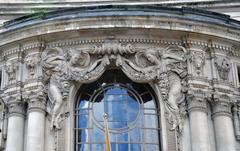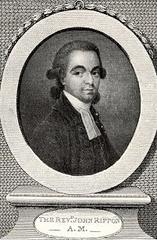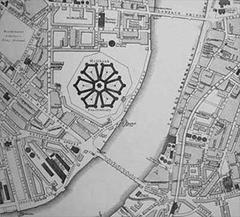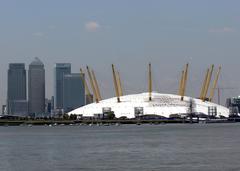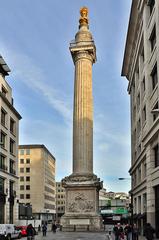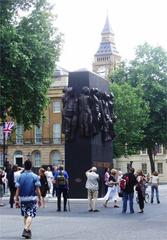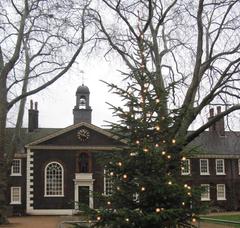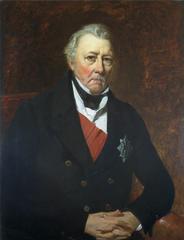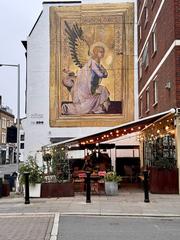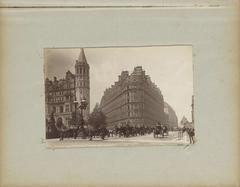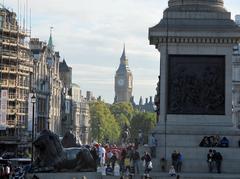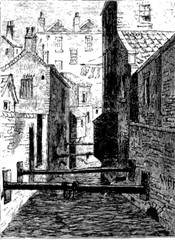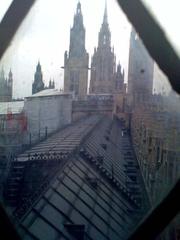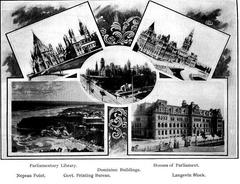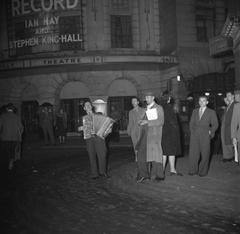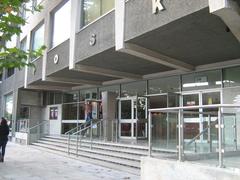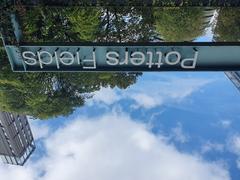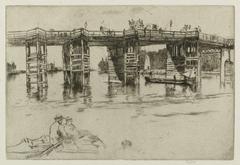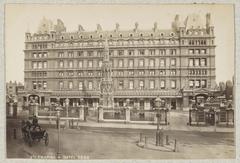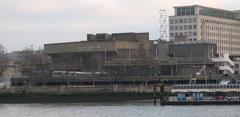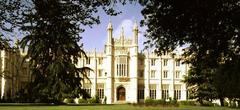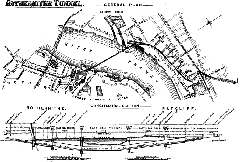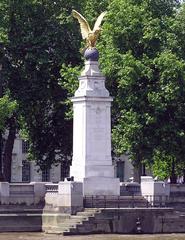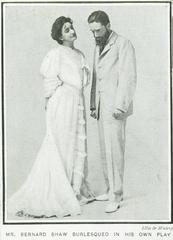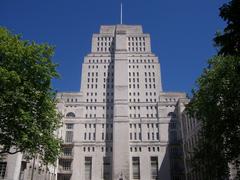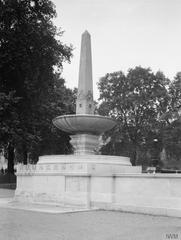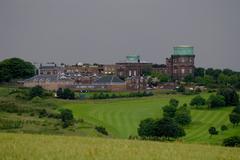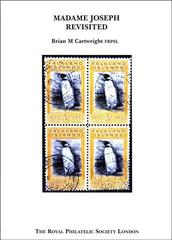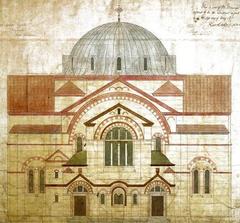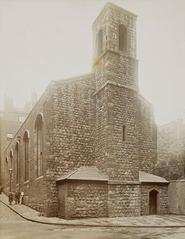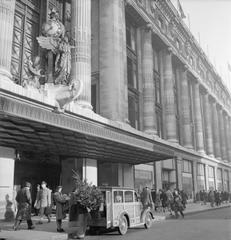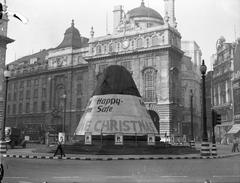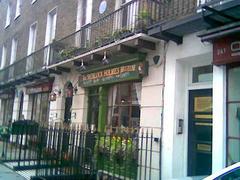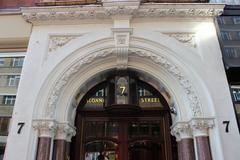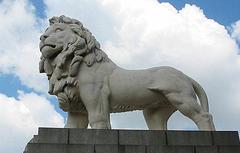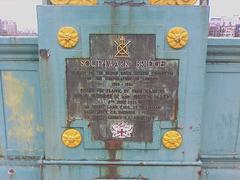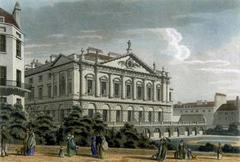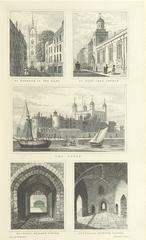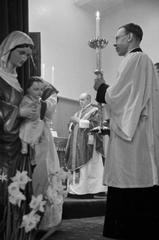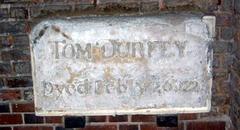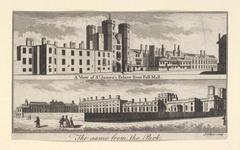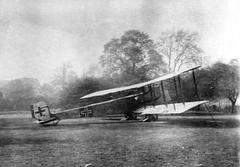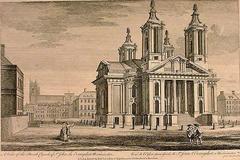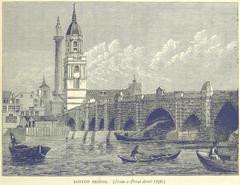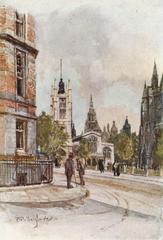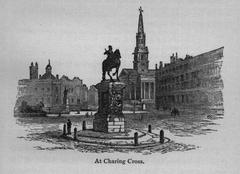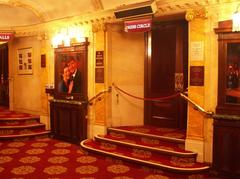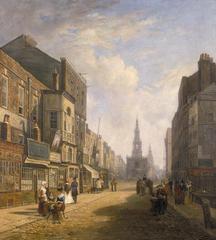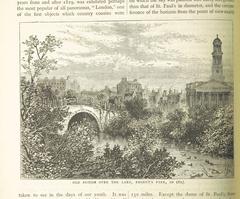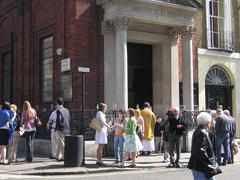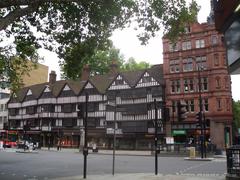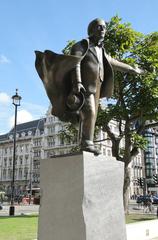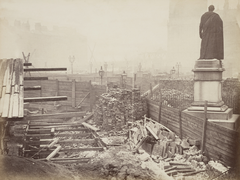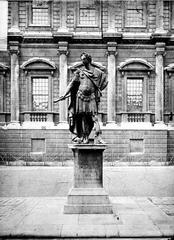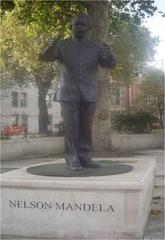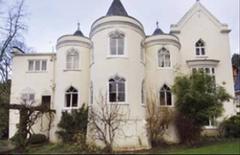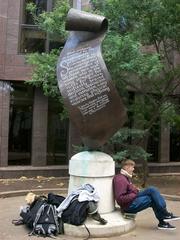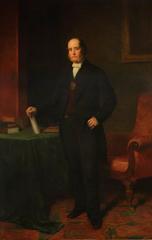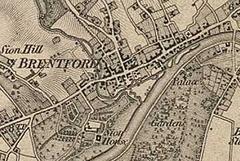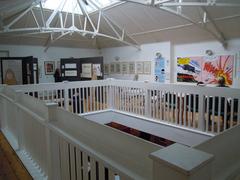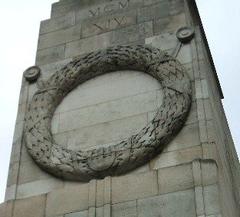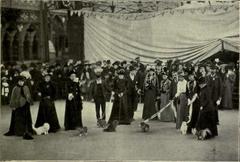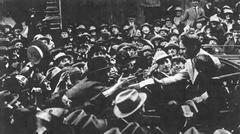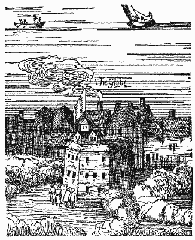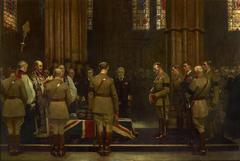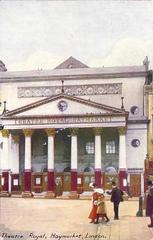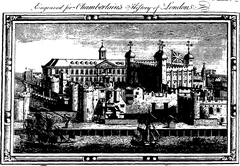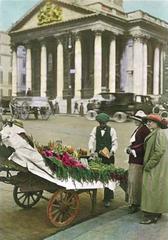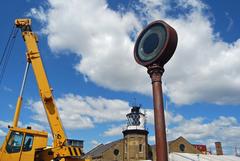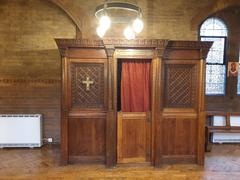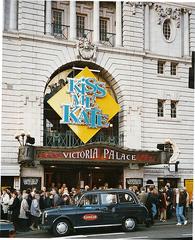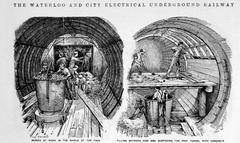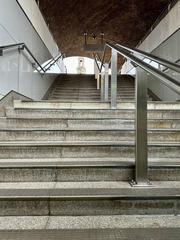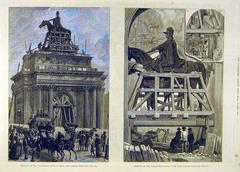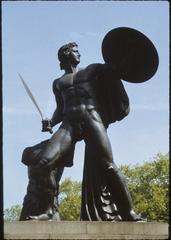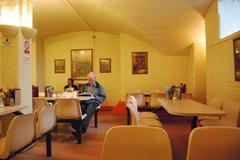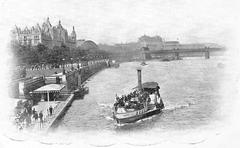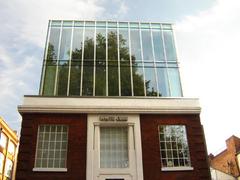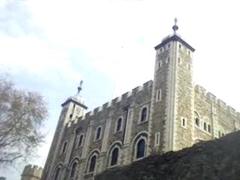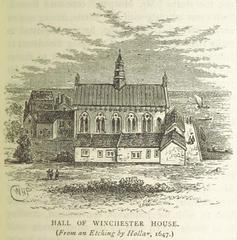
Sudbury and Harrow Road London: Visiting Hours, Tickets, and Historical Sites Guide
Date: 04/07/2025
Introduction
Sudbury and Harrow Road, situated in northwest London, are vibrant areas where rich historical heritage meets modern suburban life. From medieval manors and Georgian estates to unique railway heritage and expansive parks, this corridor offers an authentic London experience. Excellent transport links, diverse amenities, and a dynamic community make Sudbury and Harrow Road rewarding destinations for history enthusiasts, families, and cultural explorers alike.
This guide provides a detailed overview of the area’s history, key attractions, practical visitor information—including opening hours and ticket guidance—accessibility, and travel tips. To plan your visit, make use of resources like the Brent Museum and Archives, Transport for London, and the STRA exhibition.
Table of Contents
- Introduction
- Historical Overview
- Key Landmarks and Attractions
- Sudbury & Harrow Road Railway Station
- Visitor Information
- Nearby Attractions
- Frequently Asked Questions (FAQ)
- Conclusion
- References
Historical Overview
Early Origins and Medieval Era
The name “Sudbury” originates from the 13th-century term “Suthbery,” or “southern manor,” referencing its position south of Harrow (Brent Museum and Archives). The area formed part of the ancient parish of Harrow and was one of ten hamlets within the Archbishop of Canterbury’s Middlesex manors (Wikipedia). The landscape was dominated by Sudbury Common and Sudbury Court, with the manor house serving as the Archbishop’s main Middlesex residence until the late 1300s.
By the mid-16th century, Sudbury remained primarily rural, home to just over 170 adults living in farmhouses and meadows.
Georgian and Victorian Development
Landownership shifted in the 16th and 17th centuries, seeing the estate pass into the hands of the North and Rushout families and later Captain E.G. Spencer-Churchill (Brent Museum and Archives). The Harrow Road, improved in 1582, became a vital coaching route by the late 18th century, with inns like The Swan and The Black Horse serving travelers (British History Online).
The 19th century brought rapid change. The London to Birmingham Railway (opened 1837) and the “Sudbury (for Wembley)” station (opened 1844, now Wembley Central) integrated Sudbury into the growing suburban commuter belt (STRA exhibition PDF). The area’s population grew, and local philanthropists funded civic improvements, including St John’s Church (1846), a cottage hospital, and the area’s first library.
20th Century Transformations
The early 20th century saw dramatic suburbanization. The arrival of the Great Central Railway (1905) and the opening of Sudbury & Harrow Road station (1906) spurred housing developments for London commuters. The Sudbury Court Estate and new roads such as District Road and Station Crescent were constructed, reflecting Sudbury’s emerging suburban identity (Wikipedia). Despite this growth, green spaces like Barham Park and Vale Farm were preserved through thoughtful planning (Wikishire).
Sudbury’s sporting legacy includes hosting field hockey for the 1948 Olympics at Lyons’ Sports Club and serving as the home ground for the London Wasps rugby team until the late 1990s.
Key Landmarks and Attractions
Architectural Highlights
- St John the Evangelist Church (1846): Designed by Sir George Gilbert Scott, this Grade II-listed Anglican church is open for services and tours by appointment.
- Sudbury Court Estate: An 18th-century Georgian estate (Grade II listed) with landscaped gardens. Guided tours are available by appointment; accessibility and parking are provided.
- Historic Public Houses: The Swan and The Black Horse, both dating back to the 18th century, remain popular for their traditional atmosphere and local fare.
Parks and Green Spaces
- Barham Park: Open daily from 7:00 AM to dusk. Features formal gardens, sports facilities, playgrounds, and hosts community events. Free entry and wheelchair accessible.
- Northwick Park: Expansive parkland open dawn to dusk, ideal for sports and outdoor recreation.
- Fryent Country Park: 103 hectares of nature reserve, open year-round from 8:00 AM to sunset. Guided walks and wildlife tours are available seasonally.
Sports and Leisure
- Vale Farm Leisure Centre: Swimming pool, tennis courts, and cricket pitches. Open daily; ticketed entry for sports facilities.
- Sudbury Golf Club: 18-hole course open to visitors, with green fees starting at £30. Wheelchair accessible.
- Ruislip Lido Railway: Scenic miniature railway rides from March to October. Tickets from £3 for adults.
Dining and Culture
- The Swan: Classic British pub open daily, family-friendly, and accessible.
- The Black Horse: Cosy local pub with community events and outdoor seating.
- The Aura: Lebanese-inspired cuisine and evening entertainment, open Thursday–Sunday evenings.
Family-Friendly Activities
- Dinosaur Escape Adventure Golf: Open daily, with life-size dinosaur models and themed holes. Wheelchair and stroller friendly.
- Headstone Manor and Museum: Local history exhibits in a medieval manor. Free admission, open Wednesday–Sunday.
Religious and Cultural Sites
- Harrow Central Mosque & Masood Islamic Centre: Welcomes visitors for tours and cultural events. Fully accessible.
Sudbury & Harrow Road Railway Station
Features and Services
Sudbury & Harrow Road station, opened in 1906, is a functioning commuter station on the Chiltern Railways line (Wikipedia). The station is modest and primarily serves local residents, with step-free access to platforms.
- Service Patterns: Four trains per day in each direction during weekday peak hours only; no weekend or public holiday service (Londonist).
- Tickets: No ticket office; buy tickets in advance or onboard.
- Accessibility: Step-free access, but limited facilities compared to Sudbury Town Underground station nearby.
Social and Cultural Significance
Though lightly used, the station has featured in documentaries (e.g., “Mosque in the Park,” 1973) and is noted for its role in the community’s multicultural evolution (MyLondon).
Visitor Information
Opening Hours & Tickets
- Barham Park: 7:00 AM–dusk, free.
- Vale Farm Leisure Centre: 6:30 AM–10:00 PM daily, ticketed entry.
- Sudbury & Harrow Road Station: Trains run during weekday peaks only; no station ticket office.
- St John’s Church: Open for worship and by appointment for tours/events.
- Sudbury Court Estate: Guided tours by appointment; check ahead for public event times.
Accessibility
- Transport: Served by Sudbury & Harrow Road (Chiltern), Sudbury Town (Piccadilly line), and Sudbury Hill (Metropolitan line) stations. Multiple bus routes including the future N118 night service (TfL).
- Venues: Most parks, leisure centres, and family attractions are wheelchair accessible. Confirm with individual venues for specific needs.
Travel Tips
- Best Time to Visit: Summer (especially July) offers pleasant weather and lively events.
- Photography: Early mornings or late afternoons in Barham Park and near St John’s Church yield the best light.
- Dining: Enjoy multicultural cuisine at local restaurants and pubs.
Nearby Attractions
- Wembley Stadium: 15-minute walk from Sudbury station for sports and concerts.
- Royal Air Force Museum London: Free entry, open daily.
- Headstone Manor and Museum: Family-friendly historical site, free admission.
- Cassiobury Park & Northala Fields: Beautiful parks with unique features, open daily.
Frequently Asked Questions (FAQ)
Q: What are Barham Park’s opening hours?
A: 7:00 AM to dusk daily; free entry.
Q: Is Sudbury & Harrow Road station wheelchair accessible?
A: Yes, but with limited facilities. Sudbury Town Underground station nearby offers full step-free access.
Q: Are there guided tours of local landmarks?
A: Yes, available for St John’s Church, Sudbury Court Estate, and via local heritage groups. Contact venues in advance.
Q: How can I reach Sudbury & Harrow Road?
A: By rail (Chiltern Railways), London Underground (Piccadilly/Metropolitan lines), and local buses.
Q: Are parks and green spaces free to enter?
A: Yes, all major parks are free and open to the public.
Conclusion
Sudbury and Harrow Road exemplify London’s suburban evolution, offering visitors a tapestry of history, architecture, green spaces, and vibrant community life. Whether exploring heritage churches, strolling through parks, or enjoying local dining, the area promises a varied and authentic experience. For up-to-date visiting details, always check official websites and utilize resources like the Audiala app.
References
- Brent Museum and Archives: History of Sudbury
- Wikipedia: Sudbury, London
- British History Online: Harrow Road History
- Londontopia: Sudbury & Harrow Road Station
- Wikishire: Sudbury, Middlesex
- STRA Exhibition: Sudbury Then and Now
- Wikipedia: Sudbury & Harrow Road Railway Station
- Londonist: Least Used Railway Stations in London
- MyLondon: London’s Least Used Rail Station
- Transport for London (TfL)
- Audiala App














































